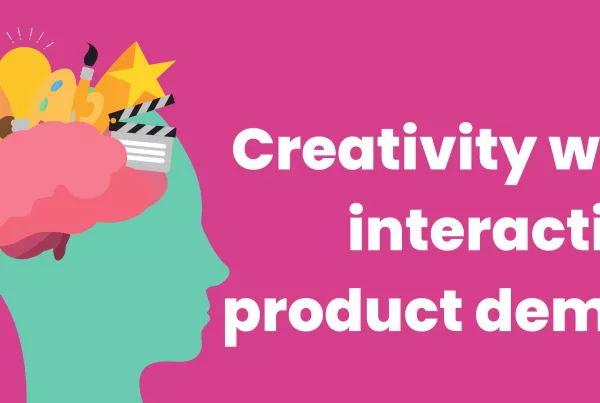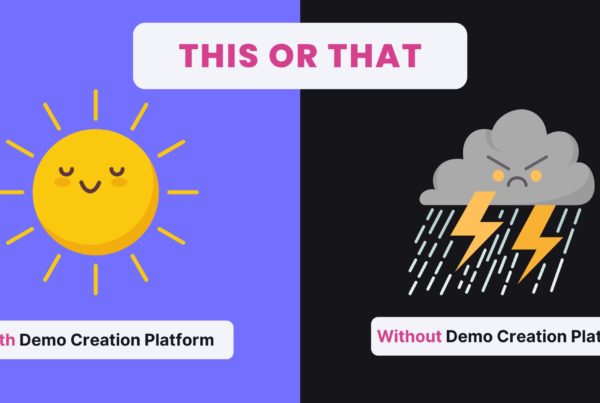Most SaaS companies offer a free trial or a free version of their product – and that number is probably only going to grow. It’s a product-led world now, after all, and your customers want to test out how your product functions and performs before they hand over some cash.
But once you’re offering a freemium option, it can be tough to try to get enough of those users to convert to paying customers to grow your revenue. You might have started with a freemium model to bring in plenty of new prospects without spending a lot of money on acquisition costs, and that’s smart. However, getting those free users to pay can be tricky, and you need to do it successfully and frequently to grow.
So what’s working well? Some of the SaaS sales and marketing leaders I talk to as part of the Demo Diaries podcast have given great tips on how they make it work. Here are the best insights that can help you increase your premium users from your freemium model.
Understand customer needs
Getting users to pay for a product they can get for free isn’t easy. And it begins with developing a really deep understanding of what your customers are using your product to do. What problems are they looking to solve with your product? What solutions do they need and value?
Once you know exactly what your users need your product to do, you can start to figure out which features you want to block off to free users. Most companies use a combination of feature limitations, usage quotas, and limited support options to incentivize free users to upgrade.
Which features do your customers use and value the most? Do they tend to require a lot of support? Are your most profitable users from larger teams that need a lot of accounts and access? All these questions can help you decide what you should keep free, and what will encourage enough users to pay.
Find the right balance
Using a freemium model means you need to walk a tightrope – offering enough features in your free product so that users understand the value of what your product does, while still not offering so much that there’s no incentive to pay for your premium offerings. You need to create friction so that a portion of your free users will eventually need to pay for your product.
Finding this balance looks different for every SaaS company, and most don’t get it right on the first try. That’s ok! It’s something you need to find by experimenting and adjusting over time. Talk to your customers throughout the process to find out how your efforts are going, and use that feedback to tweak your model until your conversion rate is where you want it to be.
Target the right people
If a current user isn’t spending any money at all on your product right now, getting them to spend even $5 per month is going to be a struggle. They’re just not in the mindset you need, and for most of them, they’re probably completely satisfied with the free features you offer. That makes converting them a really tough sell.
But if you have some users who are spending just $5 per month already, they’re going to be a much easier target to increase their spend. They also have seen enough value in your premium product to devote company resources to it, so they’re more likely to convert to higher spenders if you make the right offer. Your sales team can feel more confident reaching out to have a conversation with these users – the time spent will likely be worth it.
Getting the freemium model right for B2B companies isn’t easy – with so many features and bigger price tags, it can take a lot of research and trial and error to arrive at a sustainable and profitable model. But looking to other SaaS leaders to find out what’s working and incorporating these ideas into your sales strategy will pay off.
Photo by Visual Stories || Micheile on Unsplash






